13 Blue-Chip Stocks With Risks You Need to Watch
Every company faces headwinds at some point.


Every company faces headwinds at some point. Even the bluest of blue-chip stocks must tackle a serious threat from time to time.
Dangers can come from anywhere. They can be industrial accidents such as the 2010 Deepwater Horizon oil spill that cost BP plc (BP) nearly $65 billion in legal fees, settlements and cleanup costs as of 2018. There are technological squabbles, such as Apple’s (AAPL) 2017 patent infringement lawsuit settlement with Nokia, which forced the iPhone maker to pay $2 billion upfront as well as ongoing royalties from iPhone sales. Pfizer (PFE) was weighed down considerably in 2011 as it was about to lose market exclusivity on its blockbuster cholesterol drug Lipitor – this so-called patent cliff is a frequent headwind for pharma stocks.
Some blue chips, such as Apple and Pfizer, take the hit and keep on chugging. Others, like BP, take much longer to recover – if they ever do.
You can get some insight into potential headwinds by reading the “Risk Factors” section of each company’s annual 10-K filing. Companies are required to list, by order of importance, the most significant risks challenging future profits or stock performance. Some risks apply to the entire economy, some to that particular industry and a few are unique to that company.
Here are 13 blue-chip stocks that currently are navigating their way around a landmine or two. This isn’t necessarily a list of stocks to sell, however. Great companies can often overcome major setbacks, and many of these companies are working toward that. But retirees need to be especially aware of forces that threaten substantial shorter-term losses. And even the most ardent bull should acknowledge and understand significant risks – even if they merely set a stock up for a dip-buying situation.
Disclaimer
Data is as of June 10. Dividend yields are calculated by annualizing the most recent payout and dividing by the share price.

- Market value: $499.0 billion
- Dividend yield: N/A
- Facebook (FB, $174.82) disclosed in its first-quarter results that it anticipates paying fines of up to $5 billion to settle lawsuits from federal regulators. The company has been negotiating with the Federal Trade Commission to settle charges that it violated a 2011 consent decree requiring that consumers be provided with “clear and prominent notice” before sharing customer data. Regulators say Facebook violated the agreement by not informing users that it was sharing their data with Cambridge Analytica during the 2016 presidential campaign. The company had set aside $3 billion to cover payment.
Facebook also faces big fines from the European Union under new privacy laws. Regulators in France, Belgium, Germany and Austria may fine Facebook, and its Instagram and WhatsApp services, up to 4% of annual revenues for privacy violations, which could result in additional fines of up to $1.63 billion for each business.
And just this month, Facebook was among four prominent blue-chip stocks in the tech sector – along with Apple, Amazon.com (AMZN) and Google parent Alphabet (GOOGL) – facing potential antitrust scrutiny, according to various media reports.
Facebook’s ability to grow going forward will be tied to just how well it can continue monetizing its 2.7 billion monthly active users – across all its apps, including Instagram, Messenger and WhatsApp – under tighter scrutiny of its privacy and data-use practices. CEO Mark Zuckerberg has some solutions, as he always does, including drawing in more than 3 million advertisers for its Stories visual product.
Legal costs do add up, though. Facebook grew first-quarter revenues 26%, but corporate expenses swelled by 80% because of the funds set aside for a potential lawsuit settlement. That helped drag operating margins down from 46% to 22%, slashing profits by 51% to $2.43 billion.
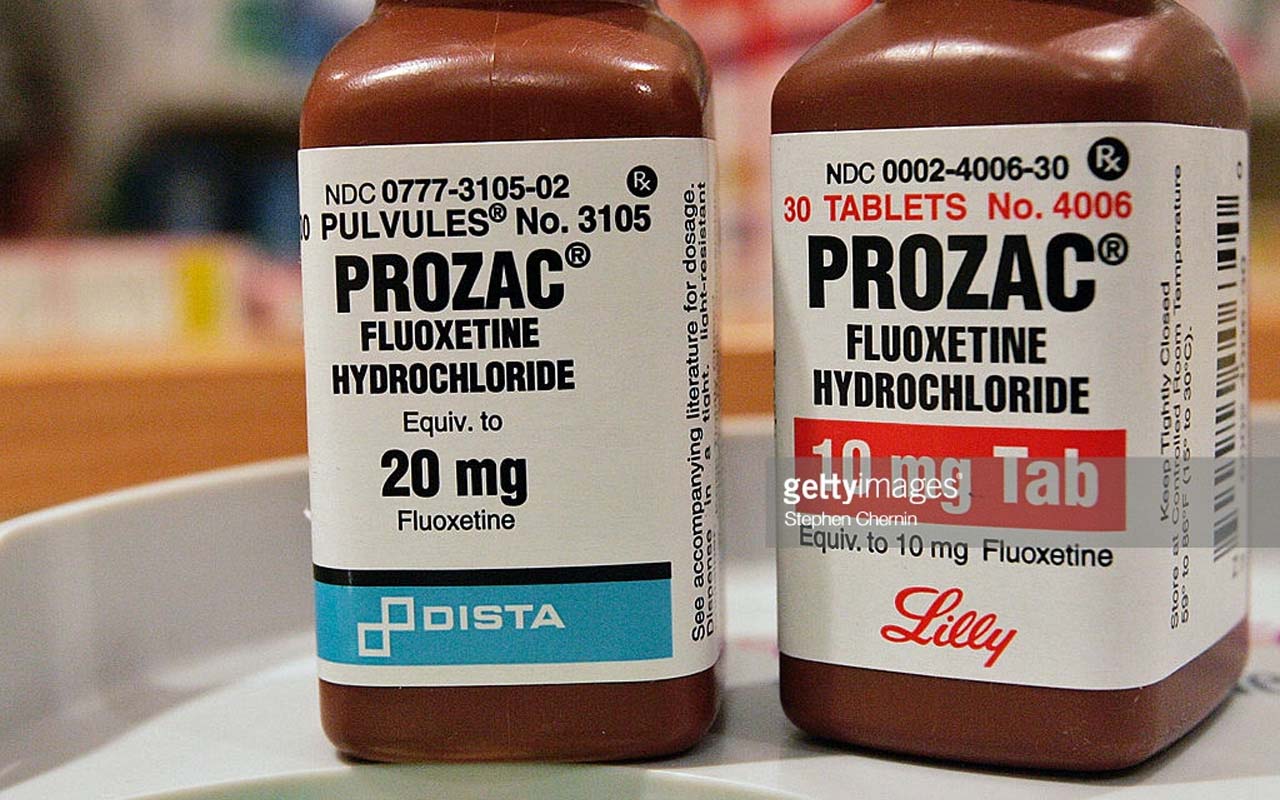
Eli Lilly
- Market value: $110.6 billion
- Dividend yield: 2.3%
- Eli Lilly (LLY, $113.93), along with rivals Sanofi (SNY) and Novo Nordisk (NVO), are defendants in class-action lawsuits challenging their insulin pricing practices. These three companies supply most of the world’s insulin.
The suits stem from 2017, when the plaintiffs claimed those companies colluded to boost list prices of insulin, The plaintiffs originally sued the three drugmakers in 2017, alleging they colluded to boost list prices of insulin, which the American Diabetes Association said tripled between 2002 and 2013, and which the nonprofit Health Care Cost Institute says doubled between 2012 and 2016. Some patients with no insurance or large deductibles have been stuck with out-of-pocket costs for insulin as high as $900 per month.
Racketeering charges have been dismissed, but other parts of the lawsuit are moving forward. Commenting recently on insulin pricing, FDA Commissioner Scott Gottlieb said his agency would push for the development of lower-cost biosimilar versions of insulin.
Lilly’s insulin drug (Humalog) is its second-highest revenue generator, accounting for more than $2.9 billion of global sales. Lilly hopes to soften criticism of its pricing by launching a generic version of Humalog that will cost half as much. The new drug (Insulin Lispro) is priced at $137 versus $275 for Humalog.
Goldman Sachs analyst Terence Flynn assigned a “Buy” rating on LLY in late May. He not only praised product cycles in four growing categories, but said Wall Street is sleeping on Lilly’s longer-term potential in diabetes.

Bayer AG
- Market value: $55.7 billion
- Dividend yield: 5.2%
German blue-chip Bayer AG (BAYRY, $14.93) unwittingly acquired a potential ticking time bomb when it purchased Monsanto, the maker of Roundup weed killer, in 2018 for $63 billion. Since acquiring Monsanto, Bayer has been hit by thousands of Roundup lawsuits posing risks that have cut its share price by nearly half.
A U.S. jury recently awarded a couple $55 million for pain and suffering and $2 billion in punitive damages after concluding Roundup exposure caused their cancer. This was the third Roundup lawsuit Bayer has lost. The first two resulted in jury awards of $78.5 million and $80 million, respectively.
Bayer plans to challenge the verdicts, based on recent findings by the Environmental Protection Agency that glyphosate, the main ingredient in Roundup, is not a carcinogen.
More than 13,400 plaintiffs have filed Roundup lawsuits in state courts, and a mediator has been appointed to oversee another 900 Roundup lawsuits at the federal level. The next federal Roundup trial has been scheduled for February 2020.
Bayer remains the market leader in agricultural chemicals and a major player in pharmaceuticals, with blockbuster prescription drugs such as Xarelto and Eylea and over-the-counter drugs like Bayer aspirin, Aleve and Claritin. That’s enough to keep analysts interested, despite all the legal uncertainty. The stock has 13 “Buy” or “Overweight” ratings, 11 “Holds” and just one “Sell,” according to The Wall Street Journal. Zacks Research is tracking steadily rising analyst EPS estimates, too, and has upgraded its BAYRY rating to “Strong Buy.”
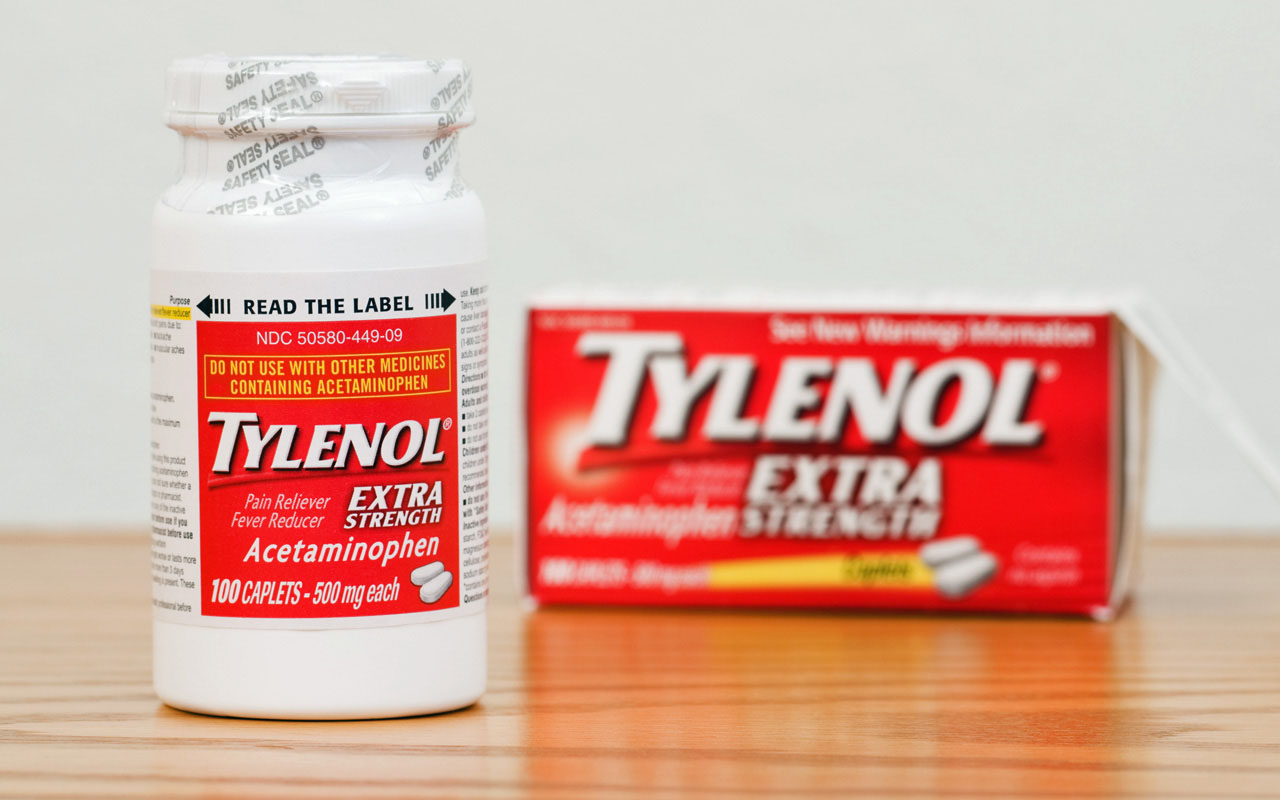
Johnson & Johnson
- Market value: $369.1 billion
- Dividend yield: 2.7%
- Johnson & Johnson (JNJ, $139.02) is the world’s largest health care company and an industry leader in prescription drugs, medical devices and consumer health care. The company owns oncology drugs Darzalex, Imbruvica and Zytiga, as well as immunology drugs Stelara and Tremfya. J&J also is launching a nasal spray for treating depression (Spravato) this year that analysts say eventually could produce $3 billion in annual sales.
Its consumer health product line is robust, too, including household names like Listerine, Band-Aid, Aveeno and Tylenol. But JNJ’s problems actually stem from this division.
The company’s well-known Johnson’s Baby Powder product has become a major drag on earnings. JNJ faces more than 14,000 lawsuits claiming that its talcum baby powder causes cancer, and so far, awards from litigation have been enormous. Last year, a Missouri jury awarded nearly $4.7 billion – nearly 6% of 2018’s full-year revenues – to a group of 22 women last year, and the company suffered a $29.4 million verdict in California this March. JNJ plans to appeal these verdicts but still faces more than a dozen new trials, primarily in California, over the next few months.
The company’s mounting legal costs contributed to a 14% decline in first-quarter earnings per share.
Despite these challenges, JNJ remains one of the best-known Dividend Aristocrats, with 57 consecutive years of dividend growth. And while analysts are mixed on JNJ, the largest number (nine) of 19 covering analysts say it’s buy-worthy. Goldman Sachs started the company at “Buy” in late May, touting its diversified portfolio and low exposure to Medicare/Medicaid, which should make it less vulnerable to policy arguments heading into 2020 elections.
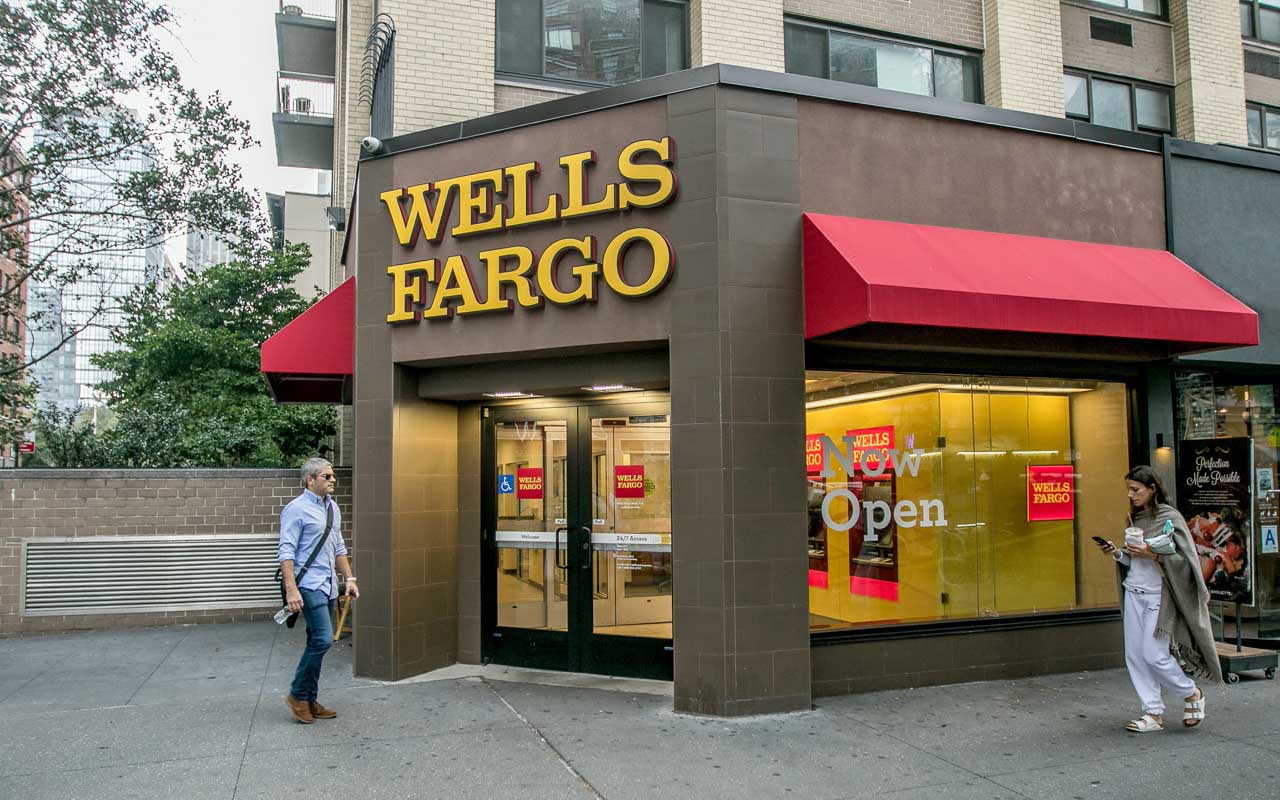
Wells Fargo
- Market value: $208.0 billion
- Dividend yield: 3.9%
Once considered America’s most valuable bank brand, serving one in three U.S. households, Wells Fargo (WFC, $46.27) now has a tarnished reputation after opening millions of fraudulent accounts, allowing illegal lending practices and knowingly selling sub-standard mortgages. The bank recently paid shareholders $240 million to settle a lawsuit over millions of bogus customer accounts created to boost performance metrics. Wells Fargo has already paid $160 million in government fines and a settlement of $480 million to institutional investors over the fake accounts and expects to pay out $2.7 billion more, exceeding previous estimates.
In addition to a substantial fine, the Federal Reserve restricted the bank’s growth by imposing a cap on assets. This cap will remain in place under Fed officials are convinced the bank’s governance and internal controls have improved.
Over the past two years, Wells Fargo has closed hundreds of branches and decided to cut more than 26,000 employees. This year, WFC shares are barely above breakeven while blue-chip bank stocks such as Bank of America (BAC, +13.9%) and Citigroup (C, +28.9%) have soared. Analysts have soured on the stock, with 15 of 31 covering Wells Fargo calling it a “Hold,” and another four in the “Sell” camp.
Goldman Sachs’ Richard Ramsden was one of several analysts to downgrade the stock in April following Wells Fargo’s first-quarter earnings report, citing lower guidance for net interest income and the sudden departure of CEO Tim Sloan.

Roche Holdings
- Market value: $233.7 billion
- Dividend yield: 3.1%
Swiss drugmaker Roche Holdings (RHHBY, $34.22) is taking a steep dive off the patent cliff with three of its top-selling drugs (Rituxan, Herceptin and Avastin) all on target to lose patent exclusivity during the second half of 2019. These oncology drugs accounted for $18.8 billion and 43% of the company’s revenues last year.
Roche has dominated the cancer drug market since 2002 largely thanks to its Genentech acquisition, but faces increased competition as some of its key drugs decline and rivals such as Bristol-Myers Squibb (BMY) battle for share. Market research firm EvaluatePharma projects a 12% decline in revenues from Roche’s cancer franchise over the next six years, even as the overall cancer drug market is poised to double in size.
The company is counting on new drugs in non-oncology areas to help close the revenue gap. One such drug is multiple sclerosis treatment Ocrevus, which analysts expect eventually will generate $5 billion in peak annual sales. Roche is also utilizing M&A to build its presence in new disease areas. Its planned purchase of Spark Therapeutics, a leader in gene therapies, will help Roche build a major presence in hemophilia treatments.
Analyst appear optimistic that Roche will be able to replace revenues lost from expiring drugs with sales of new drugs. The consensus rating among the 22 analysts following RHHBY is “Buy,” and their consensus estimates are for low-single-digit sales and EPS growth this year.
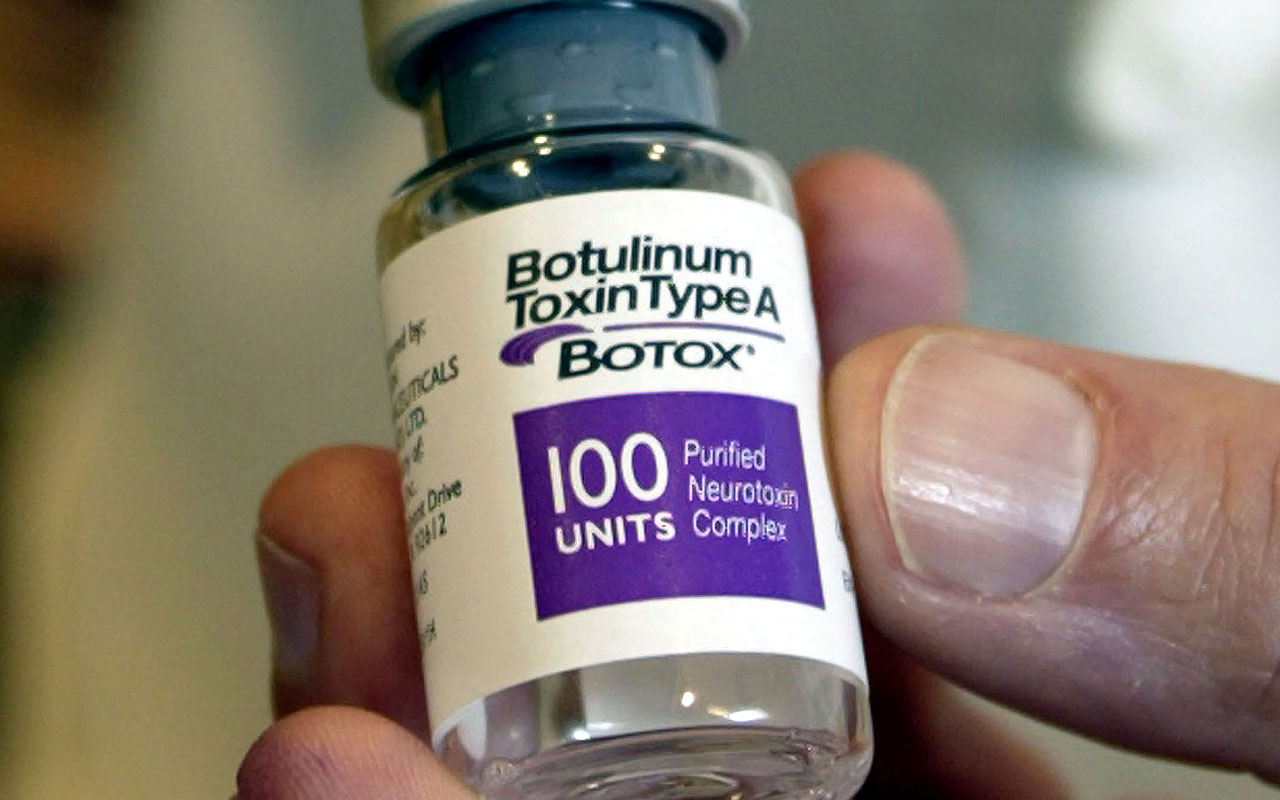
Allergan
- Market value: $41.5 billion
- Dividend yield: 2.3%
Drugmaker Allergan (AGN, $126.61) tried to extend the patent life of its blockbuster eye drug Restasis – at $1.2 billion in 2018, it’s Allergan’s second-biggest moneymaker behind wrinkle treatment Botox – by transferring ownership of its patent to an American Indian tribe. Despite this unusual step, a U.S. Appeals Court ruled the company’s patents invalid last year, and the Supreme Court refused to hear the case in April, paving the way for new generic competitors.
Allergan still enjoys strong sales of Botox, which rose 9% in the first quarter and contributed $868 million to revenues. The company also has a clear winner in Vraylar, an antipsychotic that is the fastest-growing branded drug in its category. Vraylar revenues have expanded by double digits every quarter since its launch, including 70% sales growth during Q1 2019. Allergan anticipates launching Vraylar for a new indication (bipolar depression) later this year.
The company has other drugs in the pipeline poised for launch or other important trial dates over the next 18 months, including abicipar (macular degeneration), bimatoprost (glaucoma) and ubrogepant (migraine). It also expects to launch a device – CoolTone, a muscle stimulator – in the second half of 2019.
Allergan recently raised 2019 sales and earnings guidance and expects cash flow to top $5 billion this year, providing ample fodder for share repurchases, dividend growth and acquisitions.
AGN’s expanding pipeline and cash flow generating abilities have the majority of covering analysts optimistic about the stock’s prospects. Allergan is rated “Buy” or “Strong Buy” by 14 analysts and “Hold” by nine. Cantor Fitzgerald analyst Louise Chen – one of the “Holds” – recently called Allergan one of the highest-quality, most innovative companies in the pharmaceutical industry. She is remaining on the sidelines, however, while she looks for improved earnings visibility.
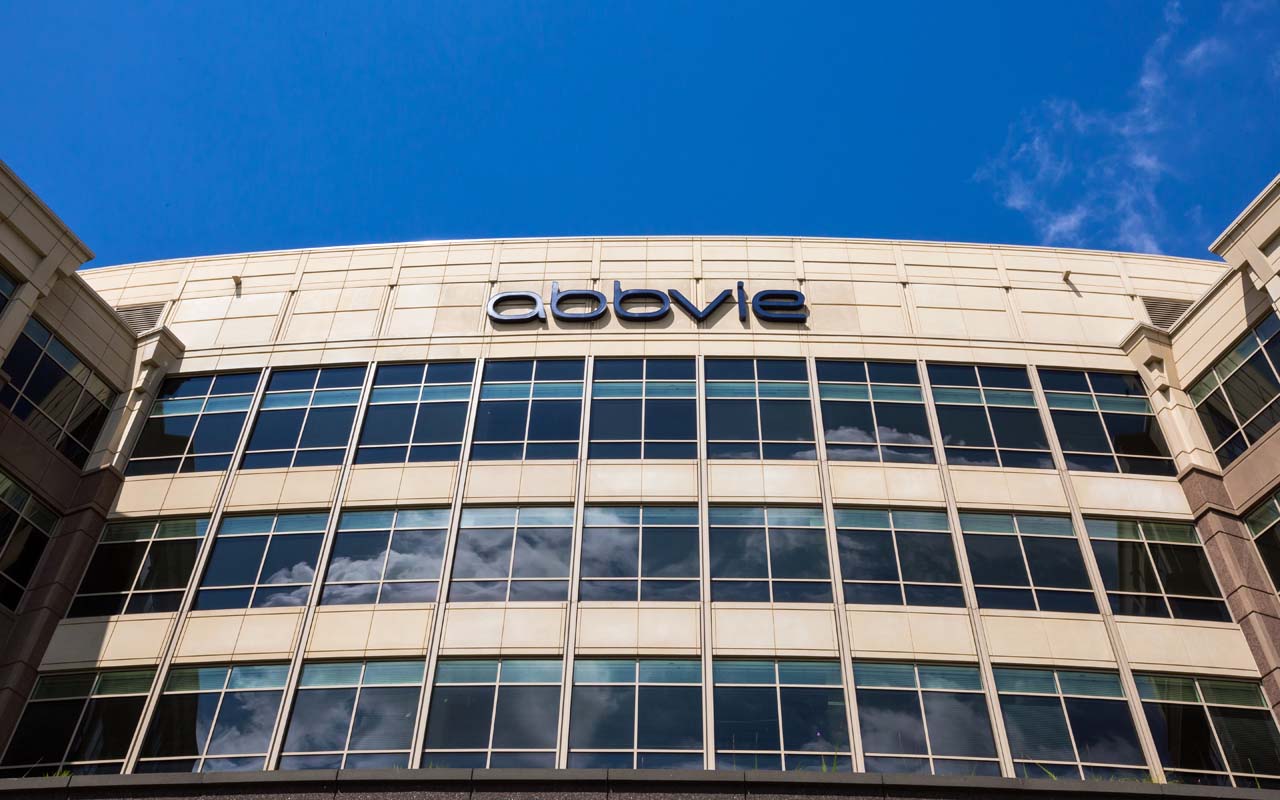
AbbVie
- Market value: $113.8 billion
- Dividend yield: 5.6%
- AbbVie (ABBV, $76.95) is another blue-chip pharma stock and the owner of Humira, the world’s No. 1 selling prescription drug. Humira generated sales of more than $20 billion in 2018, which represented more than half of AbbVie’s revenues.
But Humira’s day is coming. The drug already went off-patent in the European Union last year. The company has fended off eight would-be biosimilar competitors in the U.S., keeping them at bay through 2023. Nonetheless, this is an eventual major threat – one that AbbVie plans to address by building a rich drug pipeline.
The company has big expectations for oncology drugs Imbruvica and Venclexta, which already contribute $4 billion to sales and could surpass $9 billion by 2025. Other top performers are immunology drugs upadacitinib and risankizumab, which may add $10 billion to sales in the next six years. In all, AbbVie anticipates sales of non-Humira drugs rising to $35 billion by 2025, more than offsetting declining Humira sales.
AbbVie’s yearly $4 billion to $5 billion investments in drug R&D are paying off. Research firm EvaluatePharma recently rated its clinical pipeline the second best in the pharma industry. AbbVie has more than 20 new products (or new indications of existing drugs) positioned for a 2020 launch.
AbbVie split from Abbott Laboratories (ABT) in 2013, with both companies keeping the title of Dividend Aristocrat following the breakup. ABBV has kept up the annual payout hikes since then, registering its 47th consecutive year of dividend increases in April with a substantial 35% improvement to 71 cents per share.
Nonetheless, ABBV shares are off more than 16% this year. Most of the losses came in January, when the company announced a $4 billion write-down of an acquisition, then followed that up with disappointing fourth-quarter earnings.

General Electric
- Market value: $87.6 billion
- Dividend yield: 0.4%
Under a barrage of bad news and mounting debt, General Electric (GE, $10.05) – arguably relegated to former blue-chip status at this point – suffered a meltdown in 2017 that sent its profits and shares plunging. The company is on its third CEO in two years, and it’s working to spin off various units to generate more value.
The next big challenge facing General Electric is its woefully underfunded pension plan. About 70% of GE’s retired and active workers are covered by plans that require funds be set aside for future payments. The company’s workers are guaranteed $92 billion in payments, but the company has set aside only $69 billion to meet its obligations.
General Electric contributed $6 billion to the plan in 2018, which could cover required cash contributions through 2020, but is gambling on a rising stock market. The company’s pension burden increases when the stock market falls, since the value of plan assets shrinks. A prolonged bear market could create major liquidity problems for GE.
However, UBS analyst Peter Lennox-King thinks GE’s pension costs will fall in coming years, boosting EPS as a result. He looks for a $1 billion to $3 billion drop in General Electric’s pension costs by 2020, which could add 29 cents per share to earnings – considerable given consensus estimates for 75 cents. Lennox-King, who rates GE a “Buy,” reasons that the company’s non-ERISA (Employee Retirement Income Security Act of 1974) pension obligations can be funded from current cash flow and don’t require pre-funding.
Indeed, General Electric’s ERISA-based obligation is about 80% funded. The average pension plan across the Standard & Poor’s 500-stock index was 85% funded as of December 2018 – not much of a discrepancy.
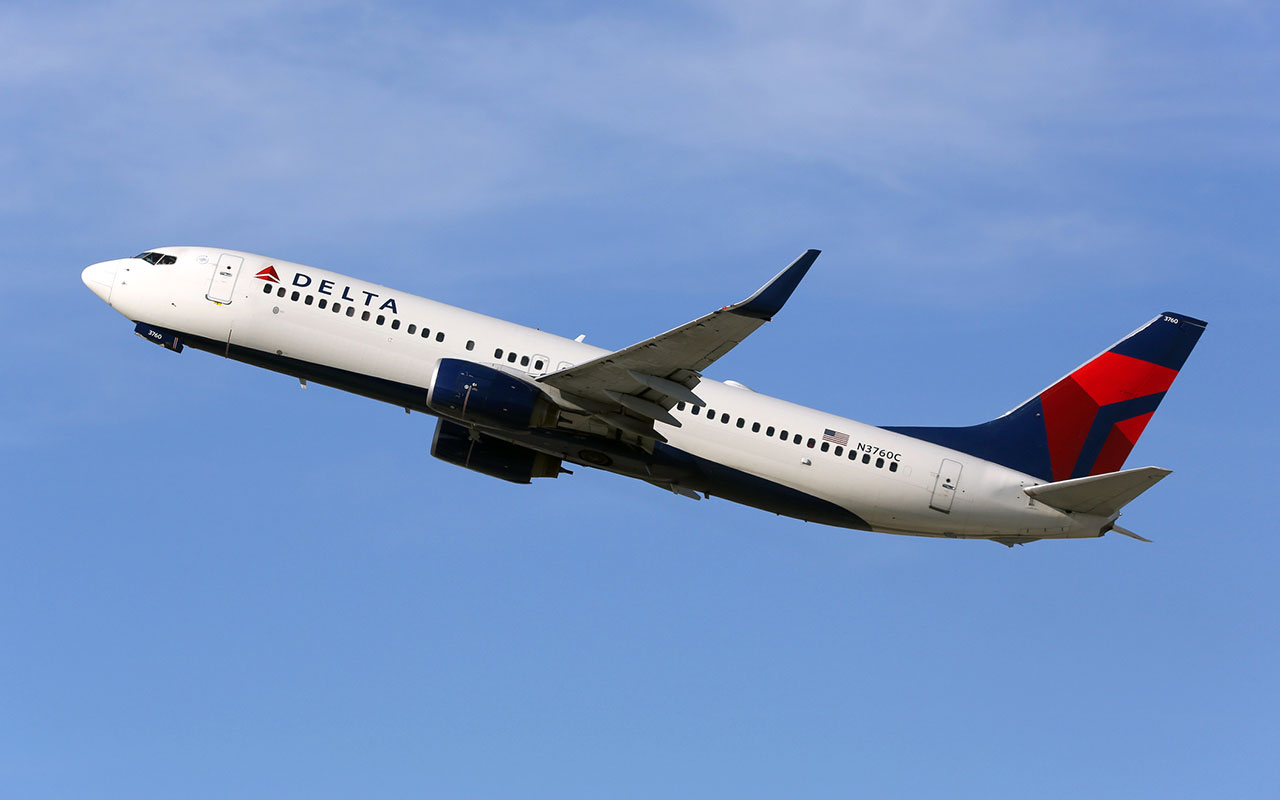
Delta Air Lines
- Market value: $35.8 billion
- Dividend yield: 2.6%
- Delta Air Lines (DAL, $54.73), one of a handful of blue-chip stocks in the airline space, also faces challenges from its massively underfunded pension plan. The company had pension obligations totaling $19.8 billion as of the end of last year, but funding of only $13.5 billion. Delta’s 68% funding ratio gave it one of the weakest coverage ratios in the S&P 500. The company said it would contribute $500 million in 2019, but that still puts it well shy of its obligation.
Delta’s pension woes are the result of many years of overly rosy estimates of what it could earn from invested pension assets. From 2008 to 2017, the company anticipated investment returns totaling $7.7 billion, but actual returns were only $5.8 billion.
Its overly optimistic assumptions are a threat to future earnings since every 50-basis point decline in plan returns adds $73 million to pension expense. Using the more conservative return assumptions employed by other S&P companies would add as much as $438 million to Delta’s pension expense. David Trainer, CEO of independent research firm New Constructs, LLC, estimated last year that the hit to earnings would come to 48 cents per share.
Despite its pension issues, however, Delta has delivered seven consecutive quarters of better-than-expected financial results, and Wall Street is highly bullish about this blue-chip airline stock. Among the 22 analysts following Delta, 16 have “Buy” or “Strong Buy” ratings, while six say it’s a “Hold.” A slew of analysts reiterated their “Buy” calls a couple months ago following the company’s earnings report. That includes Cowen analyst Helane Becker, who raised her price target given Delta’s solid core business and the renewal of a credit card partnership with American Express (AXP).

Lockheed Martin
- Market value: $99.3 billion
- Dividend yield: 2.5%
- Lockheed Martin (LMT, $351.60), the largest of the defense-industry blue chips, also has issues with a poorly funded pension plan. Lockheed Martin was forced to contribute $5 billion to its pension plan in 2018 – roughly equivalent to a full year of earnings – to reduce a pension funding gap that had swelled to $15.6 billion, or approximately 16% of the company’s current market value. The 2018 contribution was a big change from LMT’s typical contribution, which has averaged only about $50 million annually in recent years.
Even with the $5 billion infusion, Lockheed Martin’s plan remains noticeably underfunded. The company ended 2018 with pension obligations totaling $43.3 billion and pension assets valued at $32.0 billion, creating a funding gap of $11.3 billion.
Regardless of pension challenges, Lockheed Martin is off to a roaring start in 2019. A broader bull run and better-than-expected first-quarter results (EPS of $5.99 beat consensus analysts by nearly 40%) have sent LMT shares 34% higher. produced a 30% year-to-date share price gain.
A major growth driver for Lockheed Martin is its F-35 fighter jet program. Poland formally ordered 32 fighter jets in May, and other NATO allies are purchasing aircraft as well. Japan is the largest buyer, with 105 F-35s ordered, and the UK, the Netherlands, Norway and Italy have all ordered jets. The U.S. plans to purchase 2,663 F-35 fighter jets for the Air Force, Navy and Marines in coming decades. Lockheed Martin expects to sell 4,600 fighters over the life of the F-35 program, valued by analysts at over $1.3 trillion.
Each of its four businesses recorded sales and profit growth in the first quarter, causing Lockheed Martin to raise its 2019 EPS guidance by 90 cents per share, to a range of $20.05 to $20.35.
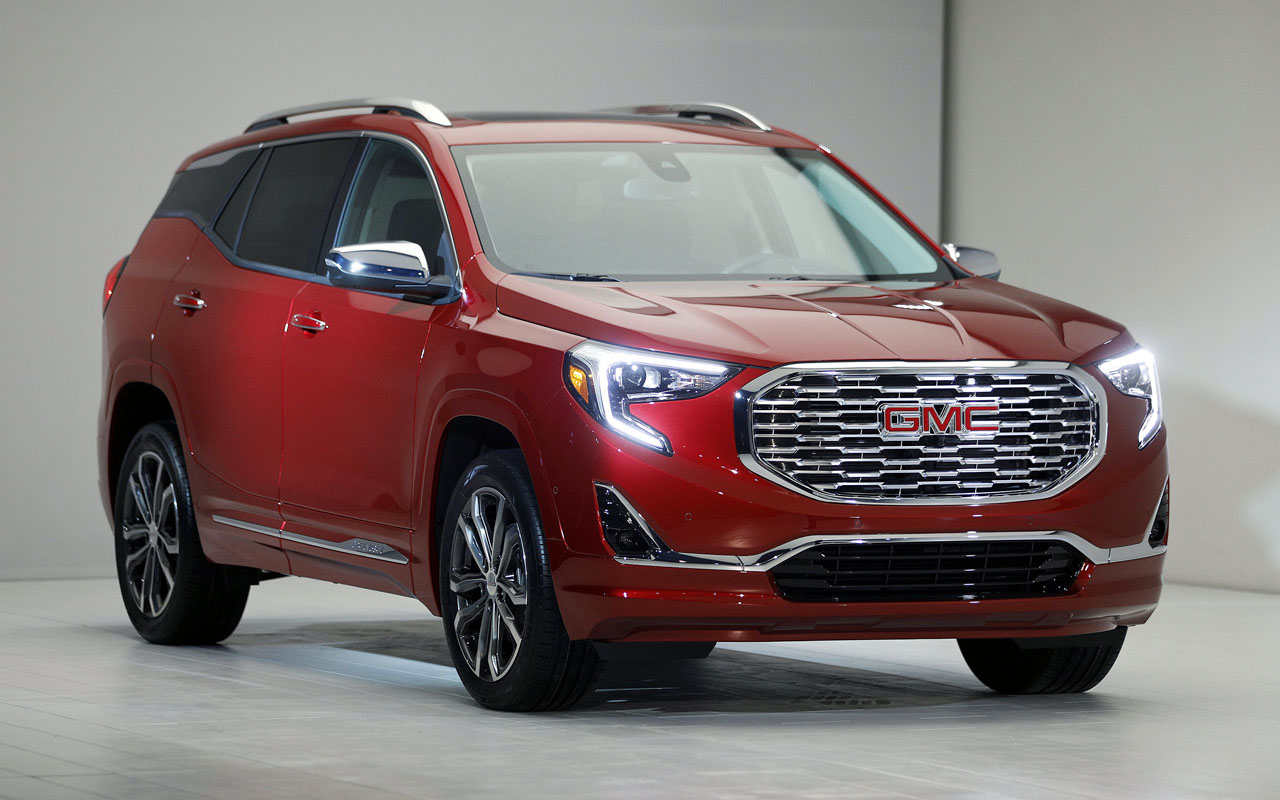
General Motors
- Market value: $51.1 billion
- Dividend yield: 4.2%
Creditors of General Motors (GM, $36.01) continue to seek higher awards as part of a revised settlement of the company’s legacy ignition switch lawsuit. GM allegedly sold vehicles with faulty ignition switches, which could have prevented airbags from deploying during a crash.
If approved, the new settlement could cost General Motors an additional $1 billion in stock and force the company to accept additional claims totaling more than $35 billion. General Motors said in its 2018 annual report that it opposes the revised settlement but was unable to estimate the losses or a range of losses that could result if courts rule in favor of its creditors.
Despite these lawsuit challenges, analysts remain impressed with GM’s competitive positioning in trucks and autonomous vehicles, assisted by its popular OnStar service. Bank of America/Merrill Lynch analyst John Murphy has a “Buy” rating and $63 price target on GM stock. Morgan Stanley analyst Adam Jonas believes GM will benefit from strong demand for its trucks and SUVs for several more quarters and rates the shares “Overweight” (equivalent of “Buy”).
And General Motors is compensating investors generously with a 4%-plus dividend yield at current prices.
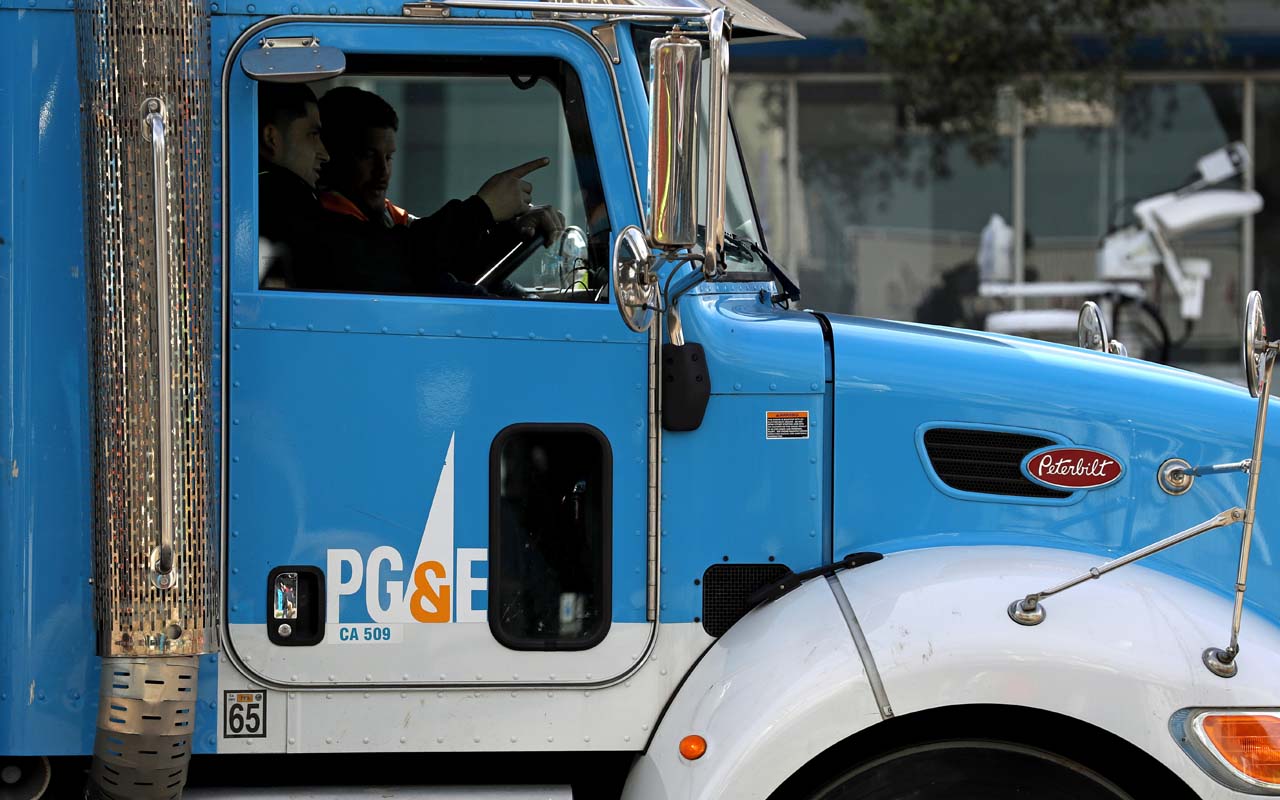
PG&E
- Market value: $10.5 billion
- Dividend yield: N/A
- PG&E (PCG, $19.77), the holding company for California utility Pacific Gas & Electric, certainly had a place among blue-chip stocks until relatively recently. However, it filed for bankruptcy in 2019 due to crushing wildfire liability costs. California officials concluded that sparks from PG&E equipment caused multiple massive wildfires in 2017 and 2018 and plaintiffs are seeking damages estimated to exceed $30 billion.
Although a bankruptcy filing doesn’t make litigation disappear, it does consolidate claims into a single proceeding before a bankruptcy judge, potentially avoiding excessive jury awards.
Costs relating to wildfire-related inspections, cleanup and legal fees trimmed 70 cents per share from the company’s first-quarter 2019 earnings. PG&E won’t provide full-year 2019 guidance due to uncertainty around the lawsuits, but estimates at least $1 billion-$1.4 billion of additional wildfire-related expenses this year.
PG&E is America’s largest electric utility, providing natural gas and electricity to more than two-thirds of California. The utility is no stranger to bankruptcy, having suffered through one 18 years ago when it was forced to sell electricity below costs. The company reemerged from bankruptcy in 2004 after paying $10.2 billion to creditors.
PCG shares have lost nearly two-thirds of their value from their 2017 highs, yet have rebounded considerably from earlier in 2019, when they plunged below $7. The 13 analysts who cover the stock aren’t howling to sell, either. Eleven are staying on the sidelines with cautious “Holds,” but two analysts – who are banking on lighter-than-expected penalties and see opportunities in this beaten-down stock – consider it a “Buy.”
Citi analyst Praful Mehta is one of them, actually upgrading the stock to “Buy” in February and reiterating its call just a few days ago. “We believe legislation (to socialize wildfire costs across several other groups) will be passed by the end of session and not July 12th. As noted earlier, we think this legislation will follow the path of least resistance,” he writes.
Get Kiplinger Today newsletter — free
Profit and prosper with the best of Kiplinger's advice on investing, taxes, retirement, personal finance and much more. Delivered daily. Enter your email in the box and click Sign Me Up.

Lisa currently serves as an equity research analyst for Singular Research covering small-cap healthcare, medical device and broadcast media stocks.
-
 Retire in Malta for Quiet Coastal Perfection
Retire in Malta for Quiet Coastal PerfectionSeemingly remote yet easily accessible to other points in Europe, sunny Malta offers paths to citizenship and residency for families and retirees.
By Drew Limsky
-
 How This Literacy Interventionist Made $1 Million
How This Literacy Interventionist Made $1 MillionEver wonder how someone who's made a million dollars or more did it? Kiplinger's new My First $1 Million series uncovers the answers.
By Joyce Lamb
-
 The Cheapest Places To Retire in the US
The Cheapest Places To Retire in the USWhen you're trying to balance a fixed income with an enjoyable retirement, cost of living is a crucial factor to consider.
By Stacy Rapacon
-
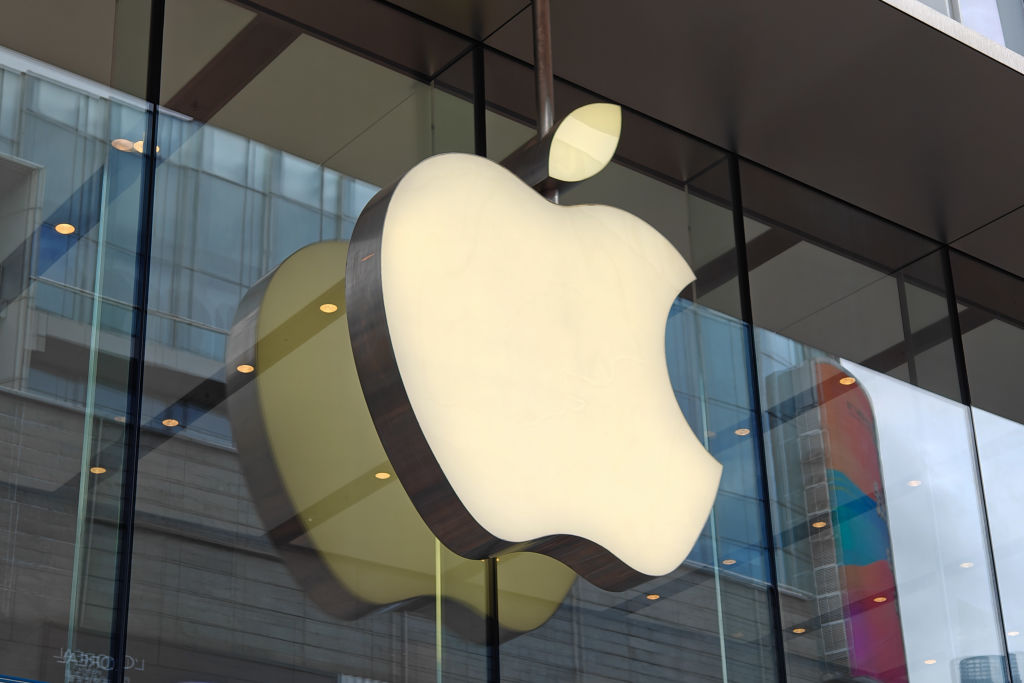 Apple Stock's a Buy Ahead of Apple Event 2024
Apple Stock's a Buy Ahead of Apple Event 2024Apple stock is on Wall Street's radar ahead of the tech giant's annual September product event, which begins on Monday. Here's what analysts are saying and what you can expect to see.
By Joey Solitro
-
 Warren Buffett Adores Apple as Much as Ever
Warren Buffett Adores Apple as Much as EverBerkshire Hathaway trimmed its Apple stake because taxes are "likely" to go up "later."
By Dan Burrows
-
 Where Can the Magnificent Seven Stocks Go in 2024?
Where Can the Magnificent Seven Stocks Go in 2024?The Magnificent Seven have been driving stock returns. Here, we take a close look at the mega-cap hotshots to see what's next.
By Nellie S. Huang
-
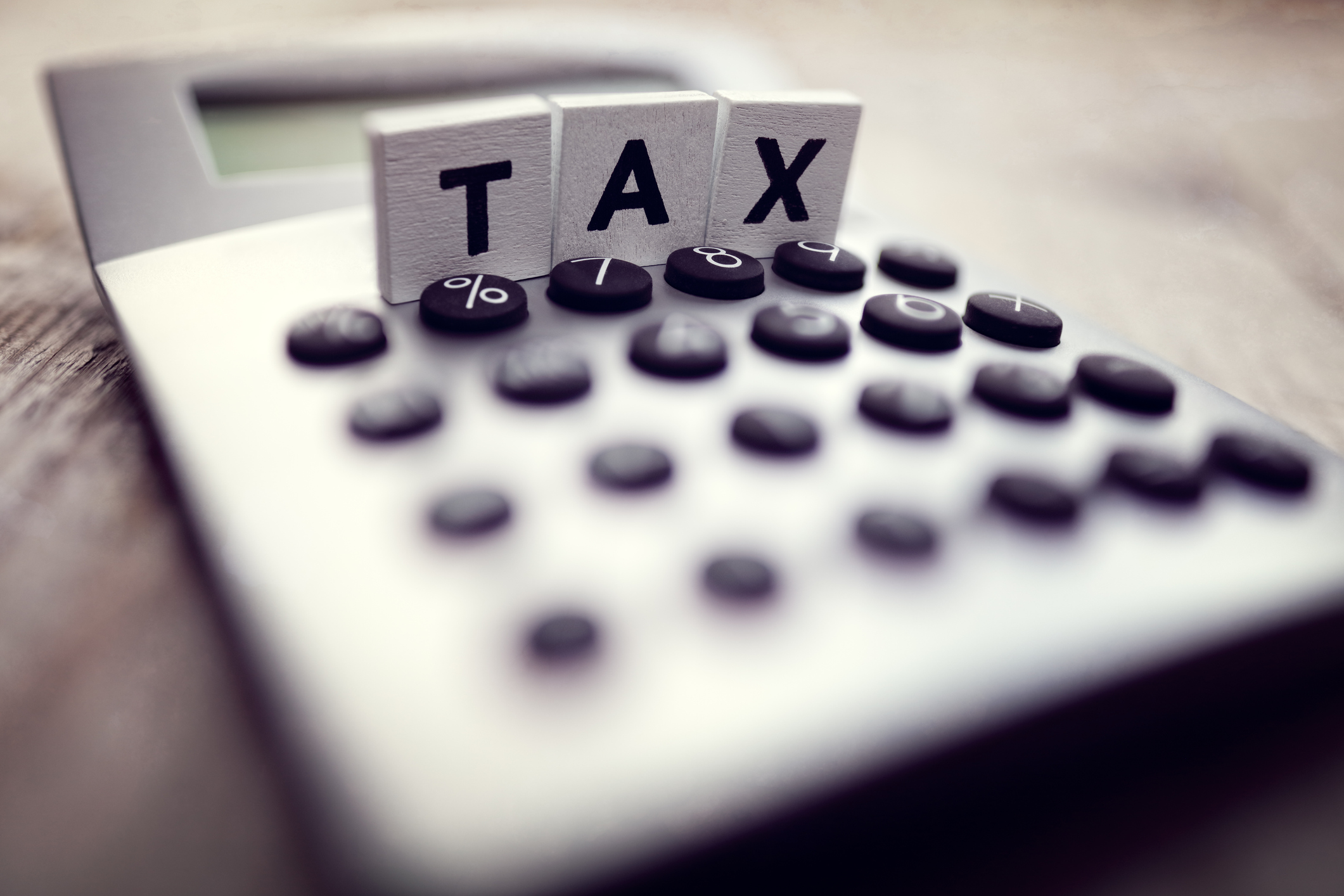 How To Avoid Capital Gains Taxes
How To Avoid Capital Gains TaxesA few small changes in your investing strategy can result in big tax advantages.
By Jeff Reeves
-
 Smart Ways to Invest Your Money This Year
Smart Ways to Invest Your Money This YearFollowing a red-hot run for the equities market, folks are looking for smart ways to invest this year. Stocks, bonds and CDs all have something to offer in 2024.
By Jeff Reeves
-
 What Is Common Stock?
What Is Common Stock?Not many investors ever seriously address the simple question of what is common stock. You should, because it's important to know what you're buying.
By Will Ashworth
-
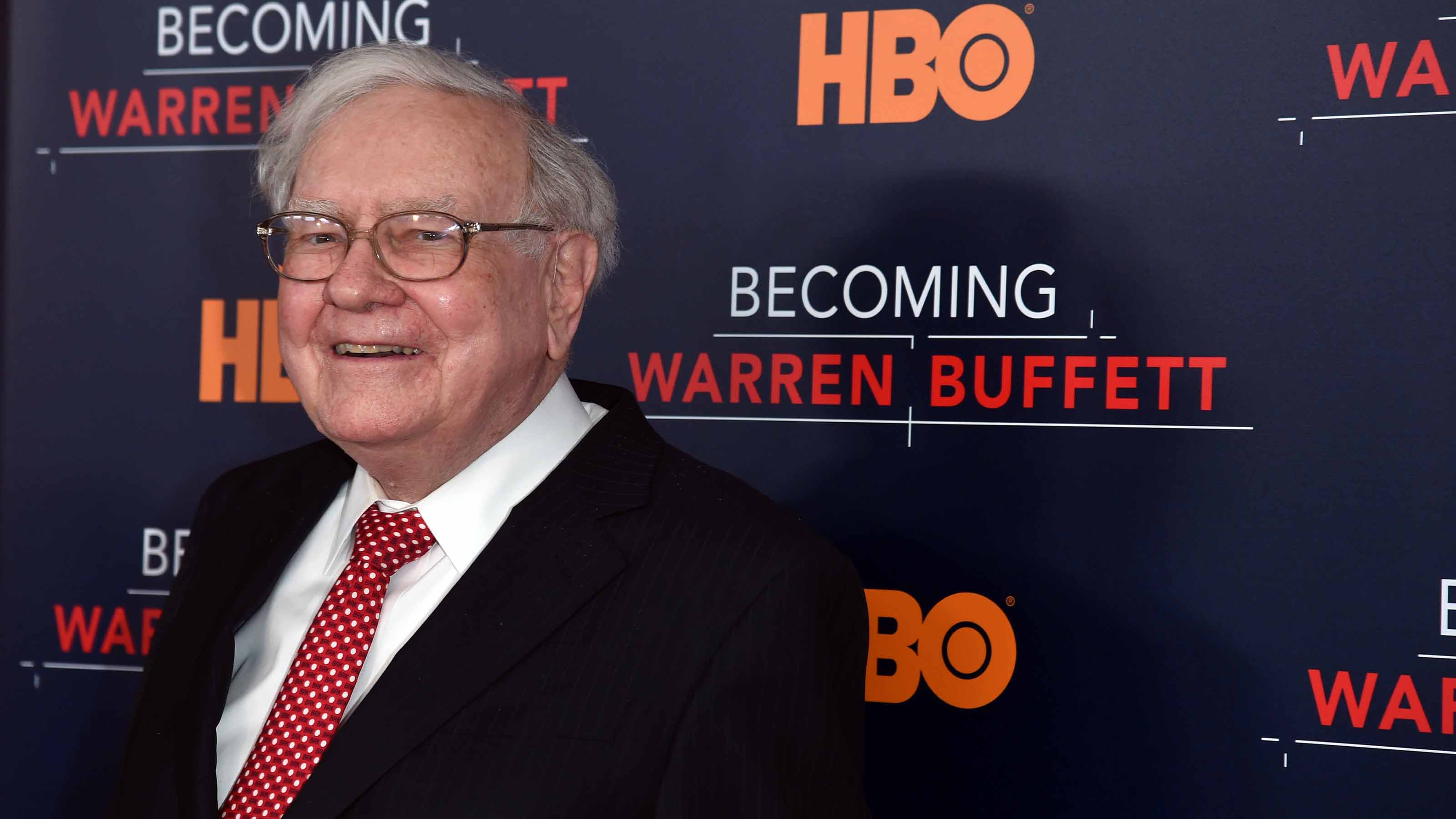 Warren Buffett Advice: Why You Should Pick Businesses, Not Stocks
Warren Buffett Advice: Why You Should Pick Businesses, Not StocksCan you beat the averages? Warren Buffett can. What can mere mortals learn from his success?
By James K. Glassman
